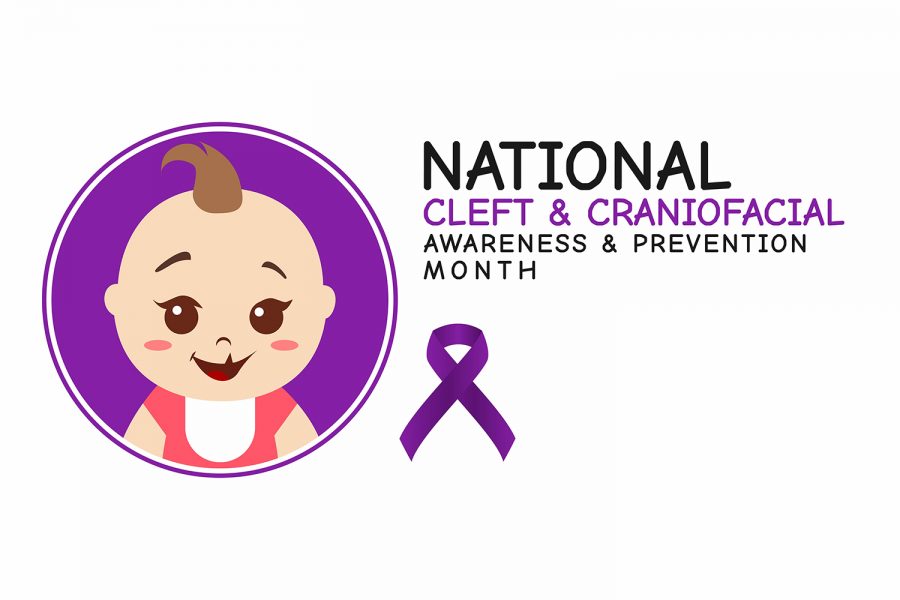Opinion | Facial deformities don’t define a person
Media oftentimes depicts people with facial deformities as abnormal or villainous, making public perception of real people with these conditions extremely negative.
iStock
July 15, 2020
July is National Cleft and Craniofacial Awareness and Prevention Month, making it timely to discuss the entertainment industry’s portrayal of facial deformities.
Many villains have facial deformities, such as Gollum from Lord of the Rings and the Cyclops from The Odyssey. Darth Vader wears a deformed mask. Voldemort’s and Freddy Kruger’s physical appearances are used to let people know they are evil far before the villains ever commit any evil acts.
In Mary Shelley’s story, the character is even called Frankenstein’s monster. Many villainous characters we think of as monsters — witches, ghosts, and goblins — do not look human. People with facial deformities are not monsters. Like all of us, they have passions, gifts, and feelings.
A peer-reviewed paper, published in the International Archives of Otorhinolaryngology, studied psychological well-being of people with peripheral facial paralysis. 65 percent were found to have depressive symptoms, 50 percent dismay, and 100 percent anxiety.
The portrayal of their looks as something dangerous can be triggering for people with facial deformities who have mental health issues. Pop culture should make an effort to help them realize there is nothing about a facial deformity to be depressed, anxious, and ashamed about.
Besides using it to symbolize evil, many stories add to the stigma of facial deformities by portraying them as preventing happiness and love.
In Hunchback of Notre Dame, Quasimodo believes he will never get Esmeralda because of his appearance, despite all of the good he has done. People with facial deformities could have been given hope if Quasimodo had found a romantic partner.
It’s interesting how the awareness month has the word prevention in it. That is not the case for other awareness months of conditions, even a deadly one, such as cancer. Why prevent facial deformities when we can change societal attitudes?
A more humanizing portrayal would hopefully encourage society to treat people who have facial deformities more respectfully. It would increase the confidence of people with facial deformities, helping them feel welcomed, understood, and valued. It would decrease stigma.
A study by Richard Lansdown and Letteke Polak showed children pictures of kids with varying physical deformities and one without. They had to rank the pictures in order of how much they liked the person in it. 48 percent ranked the picture of a child with protruding teeth in last place. 42 percent ranked the child with a deformed lip in second to last place.
The media can spread a more positive message by improving facial deformity depictions and coverage. Some ways to do that include more positive characters with facial deformities and letting real people who have them share their stories.
Wonder is a good example of how people with facial deformities should be talked about. They should be treated like everyone else, not feared or made fun of. They have a lot of bravery, going through many medical procedures and bullying. They have the ability to make the world a better place and teach us essential life lessons.
We all have value, humanity, and beauty. We all should care about, love, and look out for others. Kindness is a choice we should all make. We are defined by our actions and what is on the inside, not our looks. We are all worthy of friendship, joy, and acceptance.
Columns reflect the opinions of the authors and are not necessarily those of the Editorial Board, The Daily Iowan, or other organizations in which the author may be involved.














